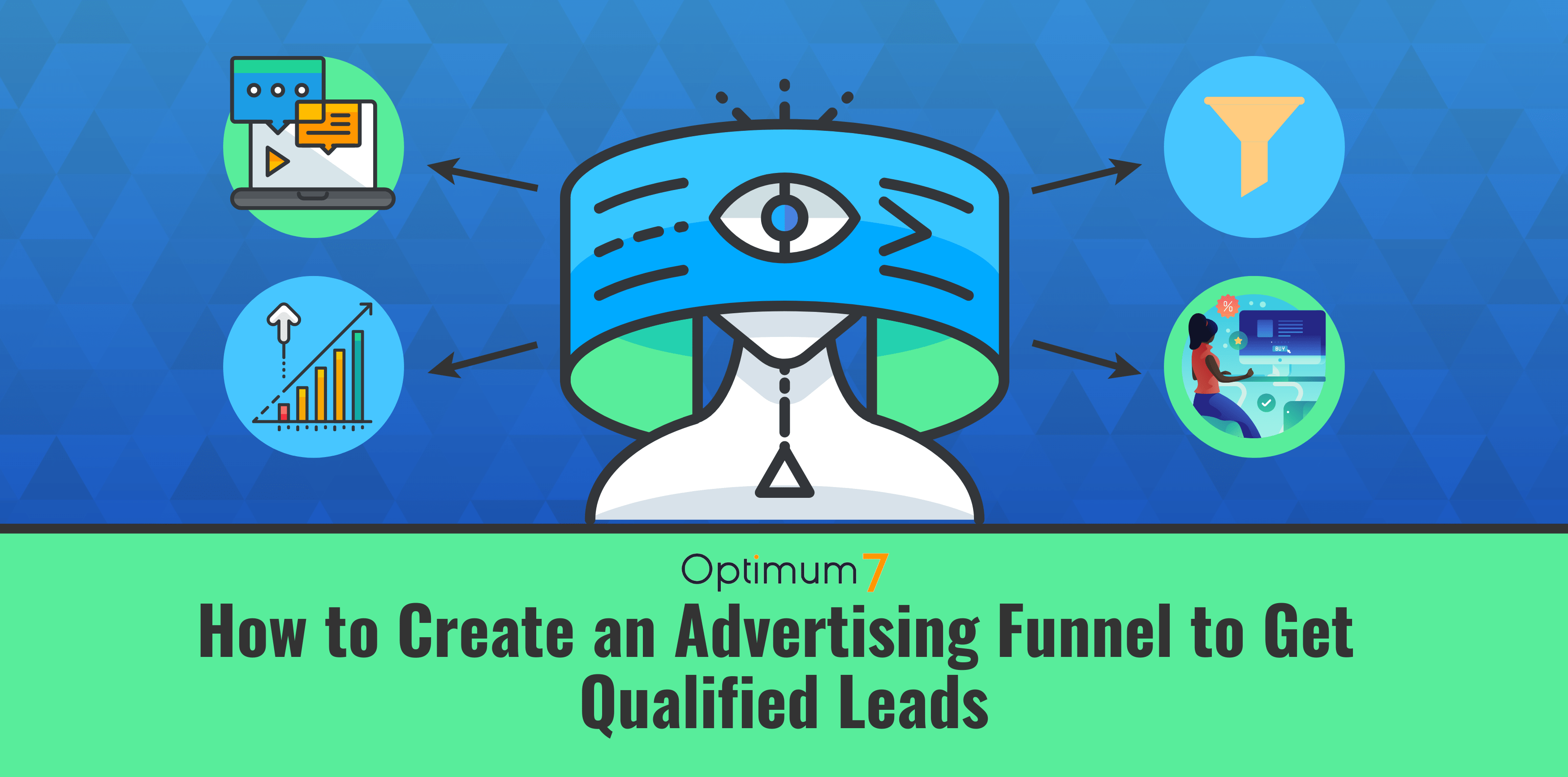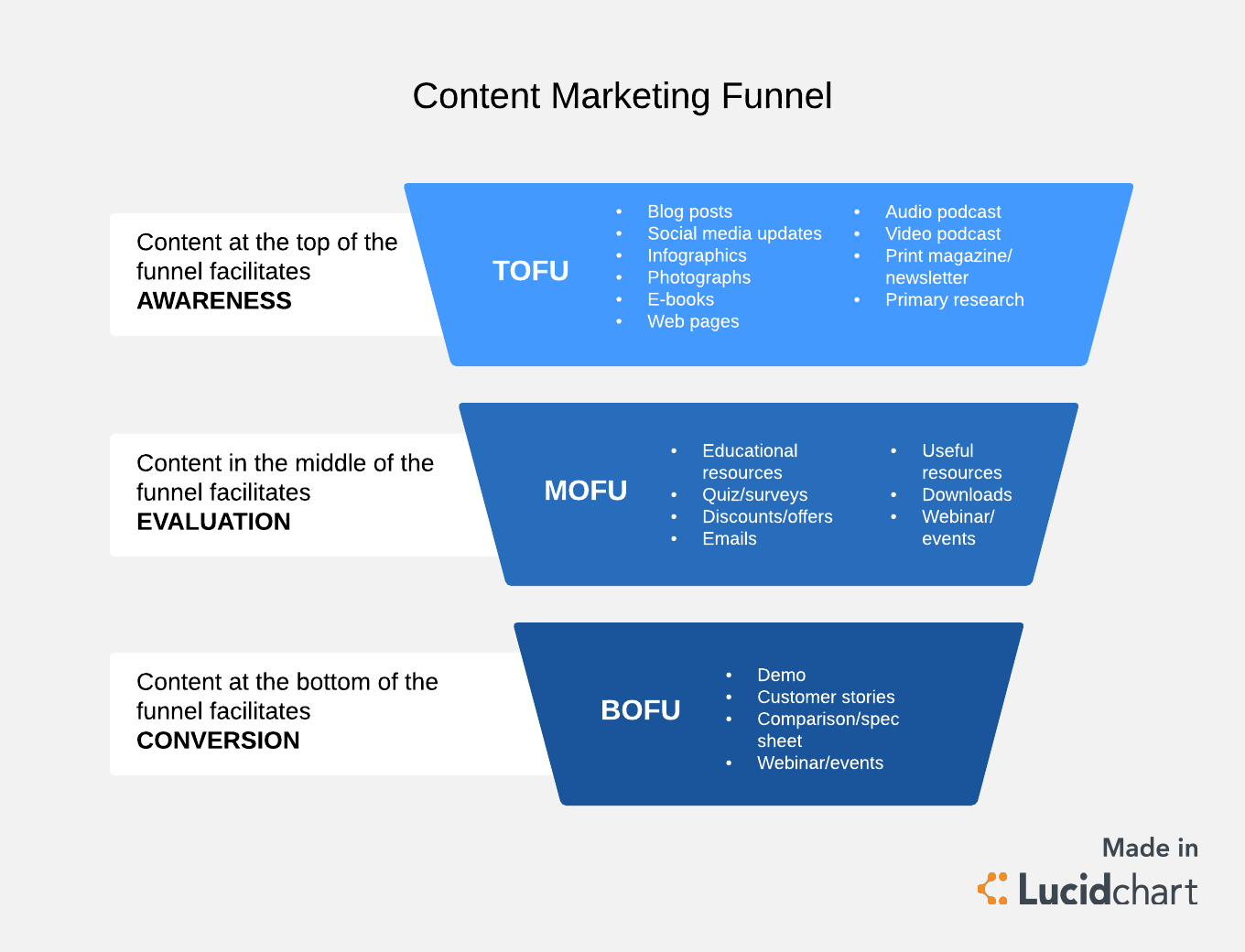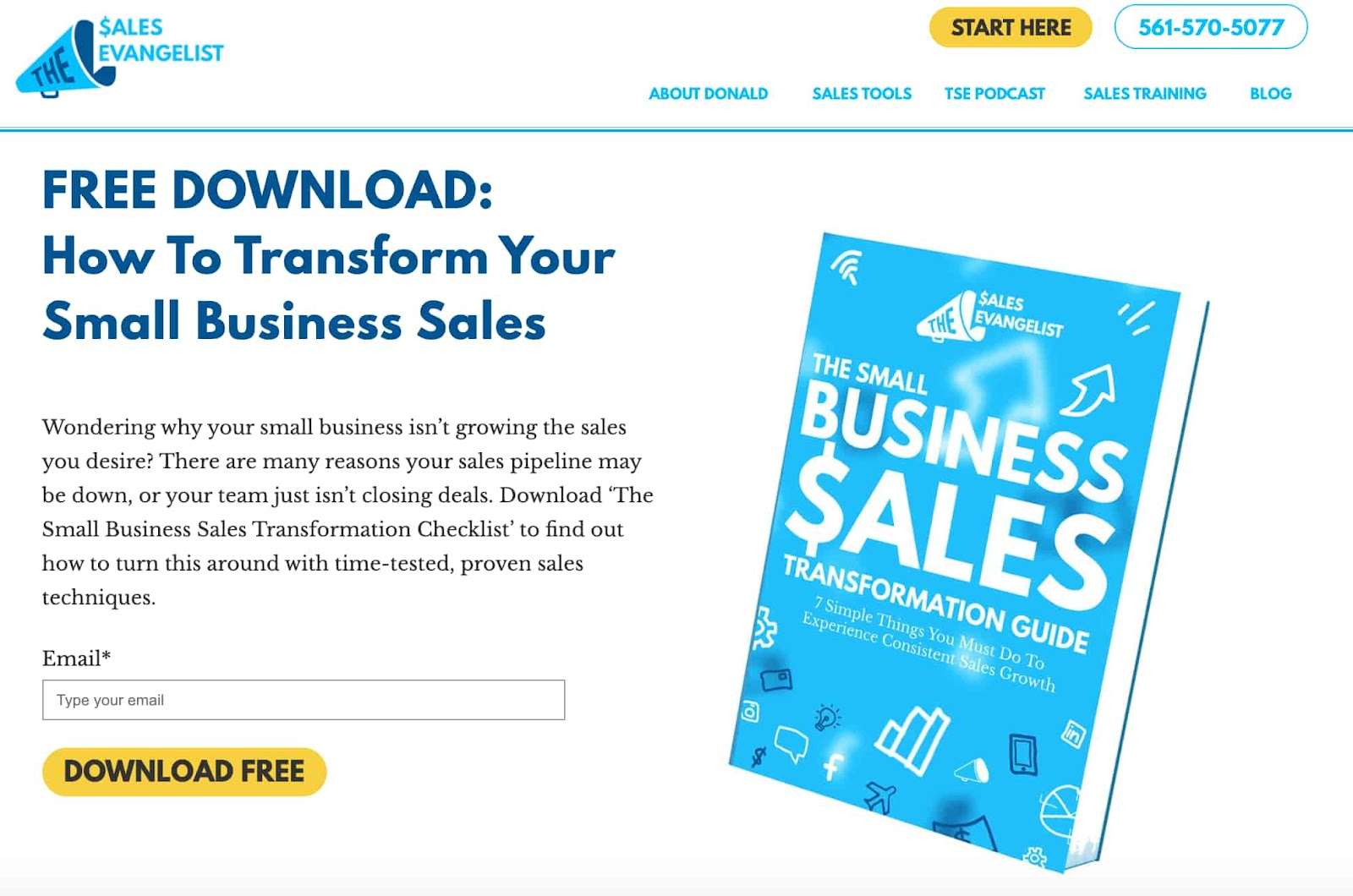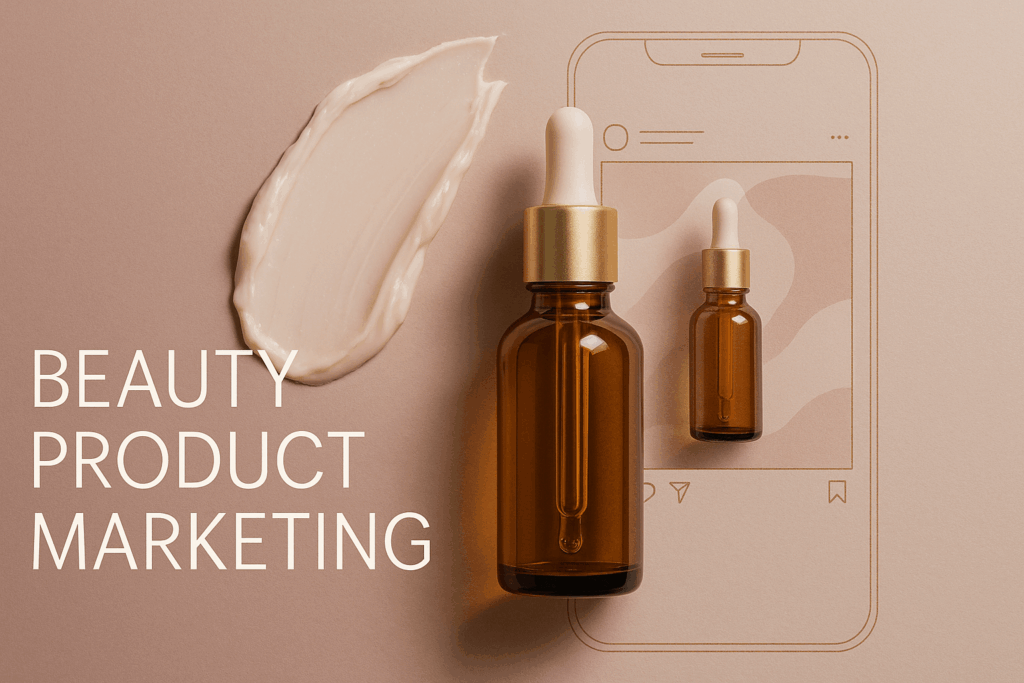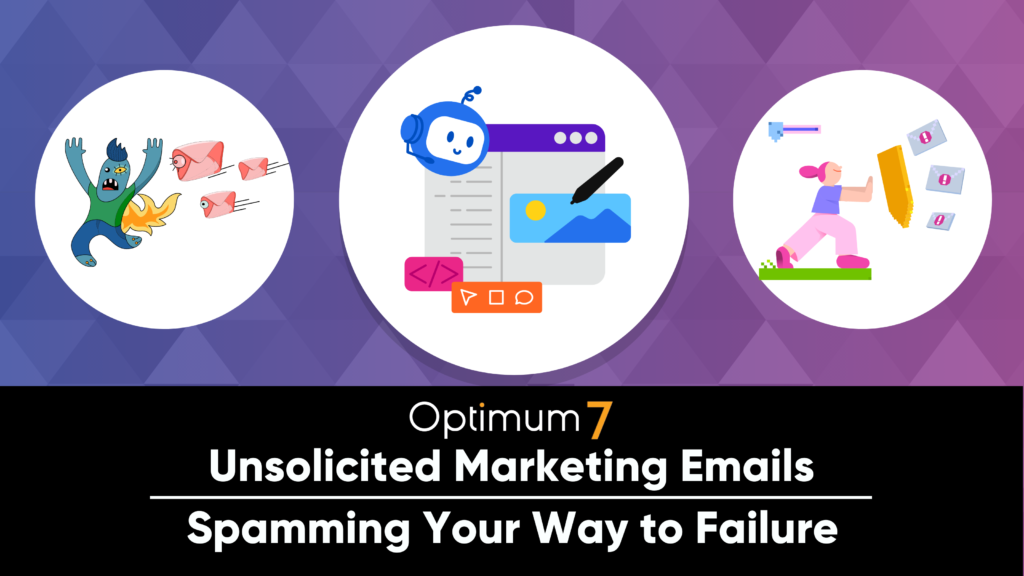If you want to create a consistent flow of qualified leads, you need to set up a high-quality advertising funnel.
But what exactly is an advertising funnel?
In this article, we’ll answer that question and show you how you can create your own advertising funnel for better leads.
What is an Advertising Funnel?
An advertising funnel is a visual representation of the customer journey, from initial awareness to purchase. At each stage, a prospective customer moves closer to making a buying decision.
On other sources, you can see this marketing strategy with different names, such as sales funnel, marketing funnel, and advertising funnel. But in the end concept, the goal and the process don’t change.
Any good advertising funnel starts with a plan. The first step is to identify your target audience and determine what needs to be done to reach them.
The Stages of a Marketing Funnel
Once you know who you’re trying to reach, you can start to develop a strategy for how to best reach them. This usually involves a combination of paid ads, social media, SEO, content marketing, and many other channels, but depends on where the customer is in the funnel.
The stages of a sale funnel include:
- Awareness
- Interest
- Consideration
- Intent
- Purchase
Awareness
In this stage, potential customers become aware of your brand and offerings through various marketing tactics such as social media ads or content marketing.
Interest
At this stage, potential customers show interest in your brand and start researching more about what you offer. This can be achieved through lead magnets like ebooks and webinars.
Consideration
During this stage, potential customers compare your offering with those of your competitors. You can nurture them through personalized emails or case studies showcasing the benefits of your product or service.
Intent
In this stage, potential customers have decided they want to purchase and are actively looking for solutions that fit their needs. This is where targeted ads or a sales team can help close the deal.
Purchase
Finally, a customer makes a purchase and becomes a loyal advocate for your brand.
The key is to experiment and find what works best for your particular business and target audience. There’s no magic formula for success, but by carefully planning and executing your advertising funnel, you can increase your chances of reaching your goals.
Levels in an Advertising Funnel
There are three levels in an advertising funnel: top, middle, and bottom. These three stages represent different levels of interest and the buying intent of customers, prospects, and users.
Top of the Funnel (TOFU)
The top of your advertising funnel is also called the awareness stage. Customers simply become aware that your brand exists. Prior to this stage, they never heard of you, your products, or your offerings.
The top of your advertising funnel is your opportunity to increase the visibility of your business and awareness of your target audience. This is the stage where you have the chance to showcase your authority in your topic or industry.
People at the top of the funnel are not ready to buy from you yet.
They barely know your brand. they are just getting to know you. They are in the consideration stage and just getting pulled into your brand awareness efforts.
There are lots of different ways for a customer to enter the funnel here.
It could happen through organic Google searches, social media posts, paid ads, public relations, a news story about your company—anything that first makes them aware of your existence.
In practice, the top of the funnel might look like someone liking one of your social media posts or viewing one of your YouTube videos. It could also be something more interactive, like a quiz or contest.
Basically, consumers are starting to become numb to the number of new brands they see on a daily basis. So you can’t rely on the awareness stage alone to drive eCommerce sales. Don’t worry about your best possible offer or marketing campaign right now. Just look for new ways to get new eyeballs on your brand.
By providing valuable content at the top of the funnel, you can begin to build relationships with potential customers and start to increase brand awareness in this stage. There might be some type of educational aspect to the awareness stage, but only enough to let people know what you’re offering and what problem you’re solving.
It should go without saying, but TOFU is vital to attracting qualified leads to your business.
Remember at this point it is you trying to get in front of your prospective customers, so your content shouldn’t be only about discounts and prizes. You should also create content to tell them. about your brand, products, or services.
It’s just like how the saying goes, “Buy me a beer first…”
Middle of the Funnel (MOFU)
Consumers move into the middle funnel when they’ve shown any signs of being intrigued by your brand or product. Not only do they recognize your existence, but they take the next step to learn more information.
This can happen by visiting your eCommerce landing pages, downloading an ebook, reading a case study, signing up for your newsletter, taking advantage of a free tool on your site, or similar action.
By now, the prospective buyers have some interest in potentially purchasing some items within your category. Now it’s time to take your brand and product education to the next level with campaigns targeting these types of buyers.
Some ideas for content that would be appropriate at this stage include:
- In-Depth Product Guides
- “How-To” Articles Or Videos
- Demonstration Videos
- Customer Testimonials
- Case Studies highlighting how your product has been used effectively by others…
…and anything else that would help the prospective buyer understand exactly what it is they would be getting if they chose to purchase from you.
Keep in mind that at this stage, buyers are still doing their research and are not yet ready to make a purchase – so don’t try to push too hard! Instead, focus on providing them with the information they need to make an informed decision further down the road.
Bottom of the Funnel (BOFU)
At the bottom of the funnel, customers have already shown a high level of interest and are closer to making a purchasing decision. They might also be repeat buyers who just need some additional convincing or nudging to make their next purchase.
This is where your focus should shift towards conversion tactics, such as special offers or discounts, personalized recommendations, retargeting ads, email nurturing campaigns, and so on. Content in this stage should serve as the final push for potential buyers, showing them exactly why they should choose your brand over all others.
This could mean highlighting unique features or benefits of your product, offering a comparison with similar products on the market, providing customer reviews and testimonials, showcasing awards, or press coverage, and more.
Overall, your goal in the bottom funnel is to drive sales and turn potential buyers into actual customers.
By providing valuable content throughout all stages of the advertising funnel, you can effectively guide customers toward making a purchasing decision – leading to increased conversions and ultimately, more revenue for your business.
What Can You Use an Advertising Funnel For?
An advertising funnel can be used for any type of product or service, in virtually any industry. It is a valuable tool for guiding potential customers through the buying process and can help to increase conversions and ultimately drive sales for your business.
Some potential uses for an advertising funnel include:
- Introducing a new product or service to the market
- Increasing sales for a specific campaign or promotion
- Targeting repeat buyers and encouraging them to make additional purchases
No matter what your goals may be, using a targeted and data-driven approach with your marketing efforts can help you effectively guide customers toward making a purchasing decision.
Key Points to Building Your Advertising Funnel
You can create a successful conversion funnel by following these steps.
1. Map Out Your Customer Journey and Identify Conversion Triggers
Before you start to run any campaigns or attempt to optimize different parts of your website, you need to get organized and create a plan. You can use Google Analytics or other tools to determine how visitors behave when they land on different parts of your website.
Where is your traffic coming from? How does traffic from different sources behave? What’s the first thing they click when they land on your homepage or landing page? How many different touchpoints does a visitor make before they buy?
Map out a visual journey and break the actions down into the eCommerce conversion stages we discussed earlier—awareness, interest, desire, action, and loyalty.
For each stage, create a plan for what types of content and campaigns you want to offer.
This will vary for everyone, as the buying process varies from site to site. For example, an ebook probably isn’t a viable piece of content if your website sells socks. But if your online store sells expensive camping equipment, an ebook could be a useful resource to educate buyers during the interest stage of the funnel.
2. Establish Goals for Every Stage of Your Funnel
Set goals and target metrics for every stage of your conversion advertising funnel. Knowing your goals and targeting specific metrics will help you track the effectiveness of your campaigns and determine where improvement is needed.
For example, in the awareness stage (top of the funnel), maybe your goal is to increase website traffic by 10% over the next month or improve your social media follower count by 5%. In the action stage, maybe it’s to increase conversions by 2% in the next quarter.
Having these goals and metrics in place will help you better understand which stage is working as intended and which is not, and these goal metrics can help you optimize your funnel.
The best way to make sure you’re meeting your goals is by using tools that will help track and measure success. For example, Google Analytics or email automation software can be used in conjunction with each stage of the funnel (top-of-, middle-)to determine if there are areas for improvement.
3. Create Targeted Content and Campaigns for Each Funnel Stage
Now that you have a plan and set goals, it’s time to create targeted content and campaigns for each stage of the funnel. This could include blog posts, landing pages, email marketing campaigns, social media ads or promotions, etc.
Remember to consider what kind of content would be useful for the customer at each stage. For example, the top of the funnel is all bout building brand awareness.
At the top of the funnel (awareness stage), educational blog posts or infographics could help introduce a new product or service, remember that In the middle of the funnel (interest and desire stages), case studies or testimonials can showcase the value and benefits of your offering.
And at the bottom of the funnel (action stage), focused promotions or discounts and coupons could help push the potential buyer towards taking the final step and making a purchase.
4. Continuously Analyze and Optimize
Conversion funnels aren’t set in stone—they should constantly be evaluated and optimized based on performance metrics and customer feedback. To continuously improve your funnel, regularly analyze your goal metrics and see where there may be room for improvement.
This could include tweaking the messaging or design of your campaigns, adjusting targeting for ad campaigns, or changing up the content offered in a certain stage of the funnel.
You can also gather customer feedback through surveys or user testing to understand how they interact with different parts of your website or campaigns, and use that information to make necessary optimizations.
5. Find New Ways to Peak Attention & Drive Conversions
One way to do this is by A/B testing different versions of your campaigns or website to see what resonates most with your audience. This could include testing various headlines, call to actions, or design elements.
You can also experiment with different channels or platforms for advertising and promotion, such as using social media influencers or partnering with complementary brands for joint promotions.
By constantly finding new ways to peak your audience’s attention and drive them towards conversions, you’ll keep your funnel fresh and effective, and ultimately helps drive more sales and revenue for your business.
6. Create a Lead Magnet to Collect Emails and Segment Subscribers
You need to come up with creative ways to collect as many emails as possible. Never buy email lists, as those won’t be high-quality leads.
Instead, entice your website visitors to give you their email addresses as soon as they enter the interest stage. From here, you can always send them additional emails as they move through the funnel.
Having that email address in your CRM proves crucial when it comes to customer retention and loyalty campaigns as well. So this strategy can be extremely useful at different stages and buying points.
Create a Checklist, Guide, or a PDF Download
Put together some valuable content in a PDF download and offer it in exchange for their contact details. Make sure your document promises to answer good questions and provides value to your customers so they download it by giving you their contact details.
Send Actionable Emails that Offer Valuable Resources
Include Customer Testimonials in your emails and website to show the value of your products or services. Continuously analyze and optimize your campaigns to ensure they’re effective at driving conversions.
Find new ways to peak your audience’s attention and drive them towards conversions, such as A/B testing or experimenting with different advertising channels and emails.
Collect email addresses through a lead magnet, such as a valuable PDF download, and use segmentation to tailor future marketing efforts.
7. Retain Your Customers
Any business looking to build a customer base needs to have a robust customer retention strategy in place. Retention in marketing means having repeat customers that buy from you repeatedly. These customers have gone through the first two stages of the funnel and they are at the bottom of the funnel, waiting for that last push for making another purchase.
And one of the most effective retention tools is a loyalty program.
As any retailer knows, millennials are a key target market, and 81 percent of them say they spend more with businesses that have a loyalty scheme in place. But simply offering a loyalty program is no longer enough.
To stand out from the competition, you need to get creative with your program.
This means going beyond the basics and offering high levels of personalization, flexibility, and extra perks. For example, allow customers to choose how they want to use their rewards points.
This could include everything from redeeming them for discounts on future purchases to exchanging them for experiences or products from partnering brands. Alternatively, give loyalty members early access to sales or exclusive previews of new products.
By getting creative with your loyalty program, you’ll be able to stand out from the competition and keep your customers coming back for more.
Conclusion
The advertising funnel is a process that takes potential customers through a series of steps, from awareness to purchase. It’s designed to weed out unqualified leads and focus on those who are most likely to buy.
- There are four main stages in the advertising funnel: awareness, interest, decision, and action.
- You can improve your funnel by making it easier for people to move through each stage. Remove roadblocks and make it easy for people to take the next step.
- You also need to provide value at every stage of the funnel. Offer something for free or give them helpful information so they feel invested in the process.
- The key to success is testing and tweaking your funnel until you find what works best for you. Try different things and see which combinations result in more sales.



